Based on the tutorial Feature Matching + Homography to find Objects I noted a difficulty of SIFT to adapt to the transformations of an object as the size or the partial obstruction. On the image of the second result we even can see that there is no inlier (relevant) match.
Is there a way to solve this problem, without using deep learning methods? The other algorithms ORB/SURF/FAST do not seem to give satisfaction either.
Here is the code and images used for the example below.
import numpy as np
import cv2
from matplotlib import pyplot as plt
MIN_MATCH_COUNT = 10
img1 = cv2.imread('starbucks/Starbucks_Corporation_Logo_2011.png', 0) # queryImage
img2 = cv2.imread('starbucks/870x489_maxnewsworldfive046642.jpg', 0) # trainImage
# Initiate SIFT detector
sift = cv2.SIFT_create()
#find the keypoints and descriptors with SIFT
kp1, des1 = sift.detectAndCompute(img1, None)
kp2, des2 = sift.detectAndCompute(img2, None)
FLANN_INDEX_KDTREE = 0
index_params = dict(algorithm=FLANN_INDEX_KDTREE, trees=5)
search_params = dict(checks=50)
flann = cv2.FlannBasedMatcher(index_params, search_params)
matches = flann.knnMatch(des1, des2, k=2)
good = [m for m, n in matches if m.distance < 0.7*n.distance]
if len(good)>MIN_MATCH_COUNT:
src_pts = np.float32([ kp1[m.queryIdx].pt for m in good ]).reshape(-1,1,2)
dst_pts = np.float32([ kp2[m.trainIdx].pt for m in good ]).reshape(-1,1,2)
M, mask = cv2.findHomography(src_pts, dst_pts, cv2.RANSAC,5.0)
matchesMask = mask.ravel().tolist()
h,w = img1.shape
pts = np.float32([ [0,0],[0,h-1],[w-1,h-1],[w-1,0] ]).reshape(-1,1,2)
dst = cv2.perspectiveTransform(pts,M)
img2 = cv2.polylines(img2,[np.int32(dst)],True,255,3, cv2.LINE_AA)
else:
print(f"Not enough matches are found - {len(good)}/{MIN_MATCH_COUNT}")
matchesMask = None
draw_params = dict(matchColor = (0,255,0), # draw matches in green color
singlePointColor = None,
matchesMask = matchesMask, # draw only inliers
flags = 2)
img3 = cv2.drawMatches(img1,kp1,img2,kp2,good,None,**draw_params)
plt.imshow(img3, 'gray'),plt.show()

